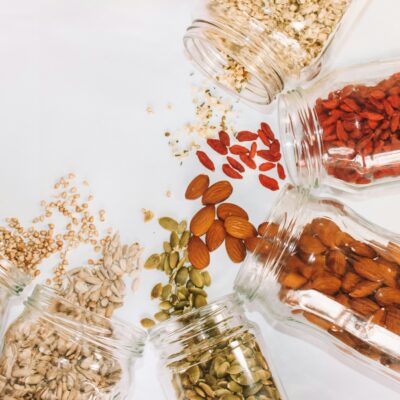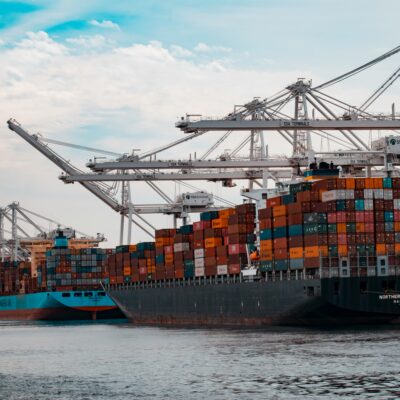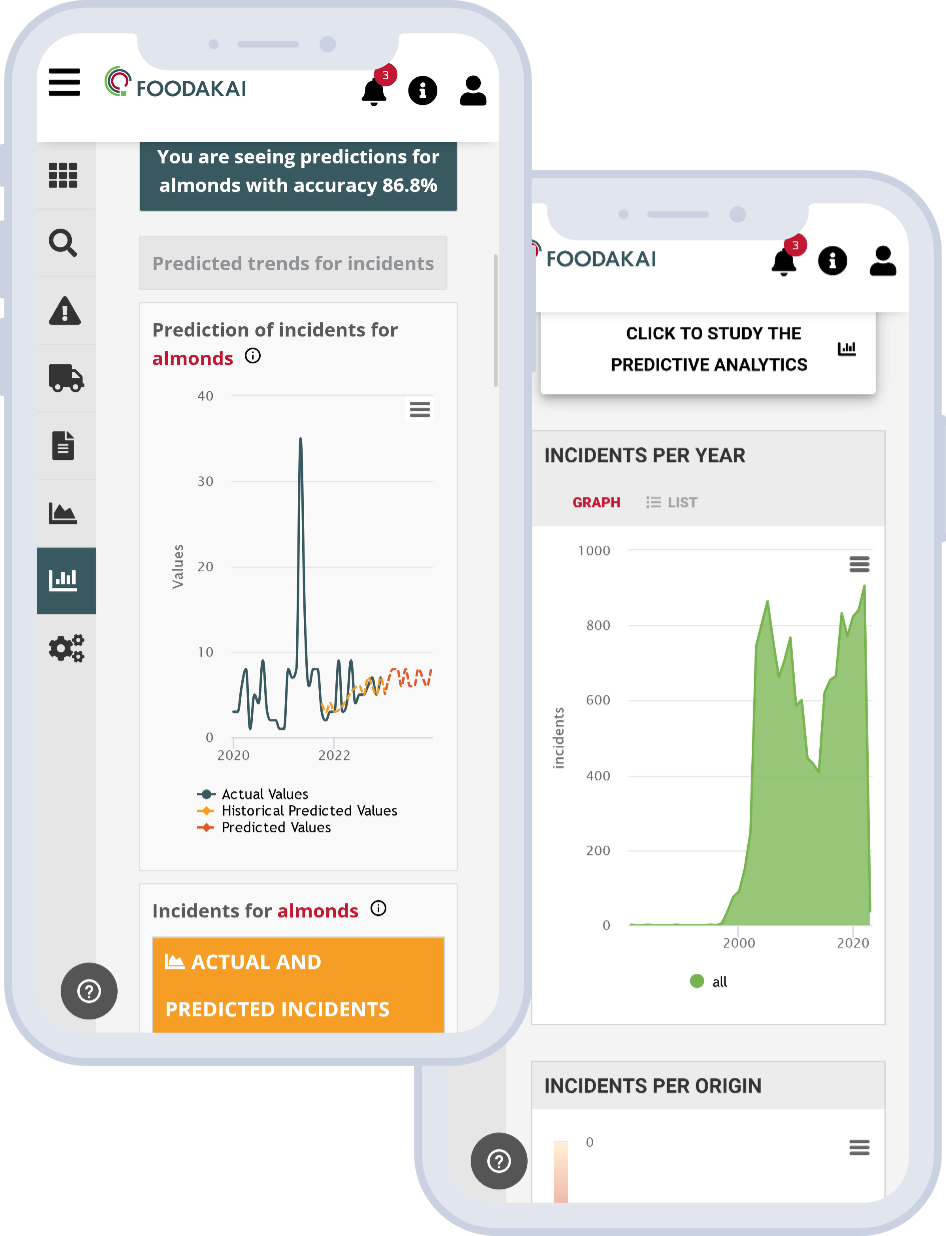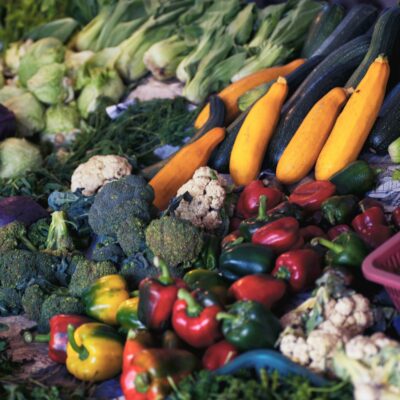
Fish products: a 3-year food safety historical overview
Fish products have been hailed for their nutritious value for our health. In fact, for many seaside countries around the world it represents a core part of their daily dietary habits. As products can be both consumed raw as well as cooked, it is extremely important that their safety and quality is ensured through their supply chain, from fish farming, fishing, processing these food products, mixing them in different recipes or even selling them slightly processed or raw to consumers.
The challenge
While food companies strive to ensure that they take all necessary measures to safeguard the food safety and quality of fish products this can often be a difficult task. They need to be able to have a complete overview of all risks to their supply chain as well continuously monitor their market for new incidents. For many companies this can be a daunting challenge as they have to utilise multiple tools as well as sources in order to compile food safety risks reports, which can take a lot of time.
Additionally, geopolitical unrest, the effects of global climate change can lead to unprecedented supply chain disruptions that can result in fresh product shipment delays, ingredients shortages etc. This necessitates a food safety risk strategy that emphasises on proactively anticipating risk by employing new technologies. It is no longer enough for food companies to reactively respond to threats as they arise.
Consequently, using FOODDAKAI, food safety risk intelligence platform that leverages AI and predictive analytics, we decided to take a look at the food safety history of the fish products over the last 3 years, while taking a look at what’s ahead through the help of highly accurate incident forecasting.
3-year historical overview
Over the past 3 years there have been 3271 food safety incidents recorded related to fish and fish products, with May 2023 and January 2024 being the months with most incidents.
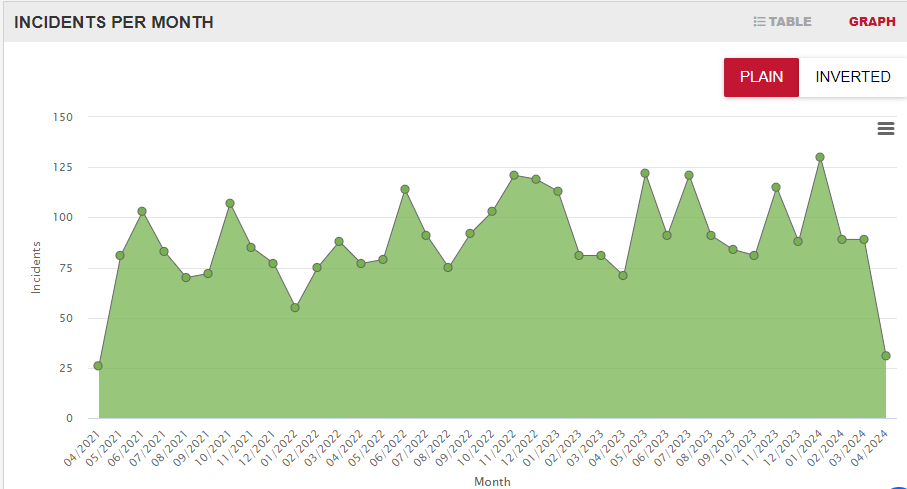
Among the risks and hazards with most incidents were Listeria monocytogenes and Mercury. The fish product with the most incidents were Catfish with 669 incidents, more than 5 times the number of incidents from the next product Smoked salmon with 130 incidents.
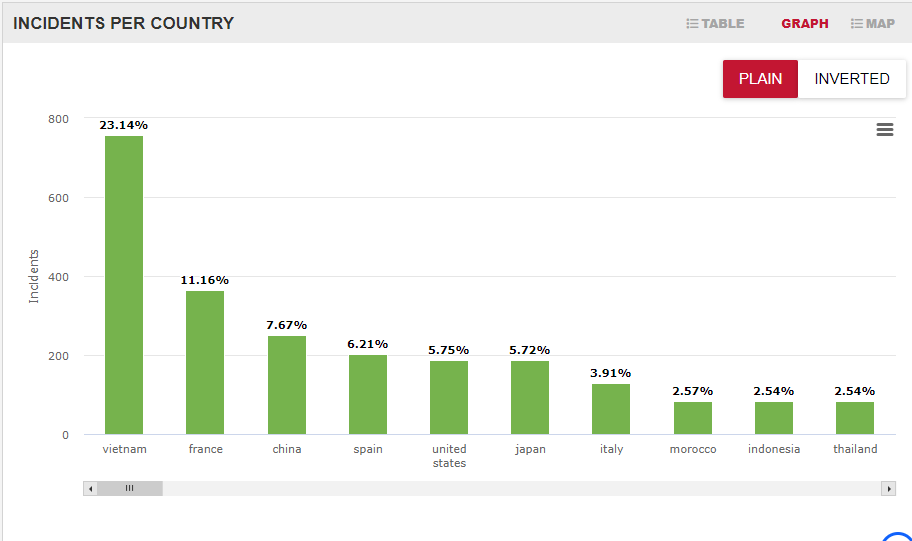
The countries where most incidents were recorded were Vietnam and France with 23.14% and 11.16% of the overall number incidents respectively.
What’s the incident’s trend for the next months?
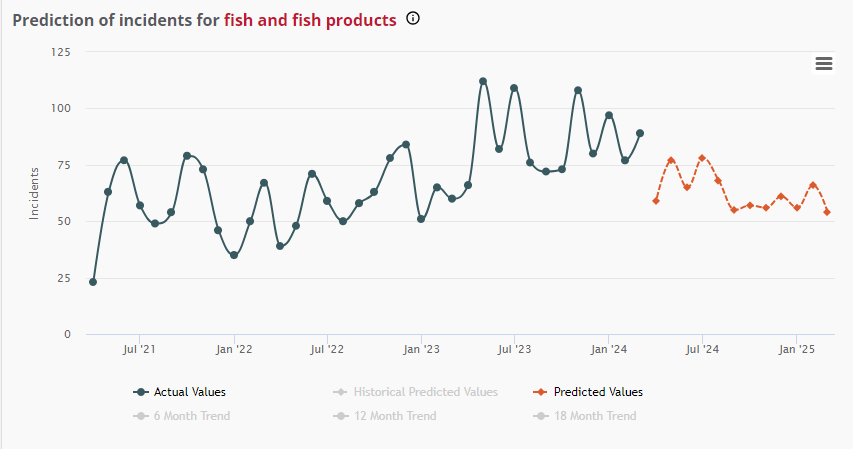
As seen above, the number of incidents is forecasted to decrease by 27% in the next months.
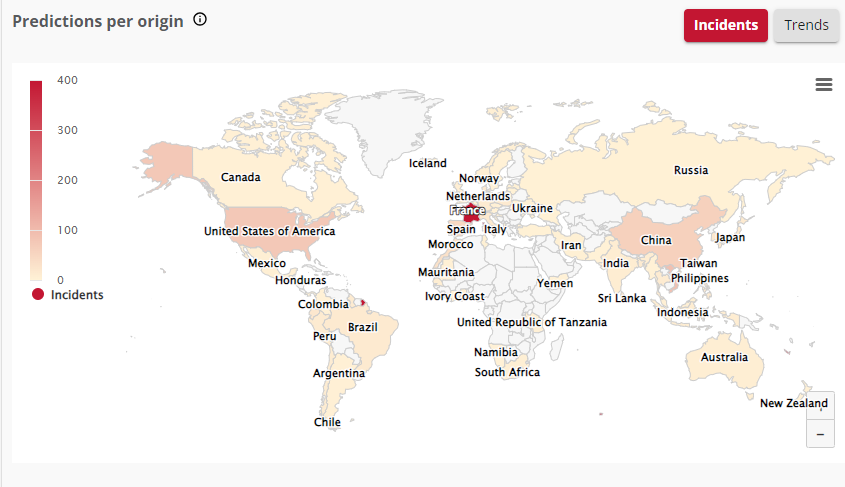
The country forecasted to be of higher risk is France where more incidents are expected to be recorded. Interestingly, the hazard that is expected to increase for the overall product category is Listeria monocytogenes.
Unlike the overall product category, Catfish incidents are expected to increase over the next few months by 273%.
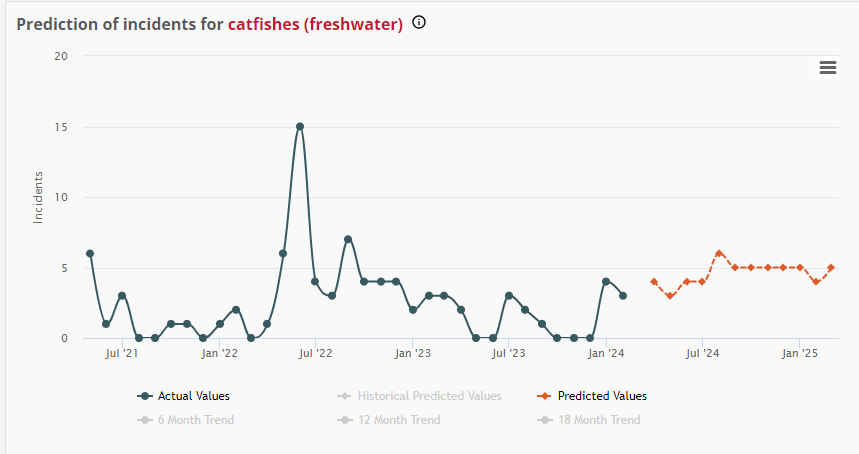
The country forecasted to be of higher risk is France where more incidents are expected to be recorded. Interestingly, the hazard that is expected to increase for the overall product category is Listeria monocytogenes.
Unlike the overall product category, Catfish incidents are expected to increase over the next few months by 273%.
Want to learn more about how you can benefit from such forecasts, schedule a dedicated session to discover forecasts about your supply chain.
Want to receive helpful food safety intelligence in your inbox?
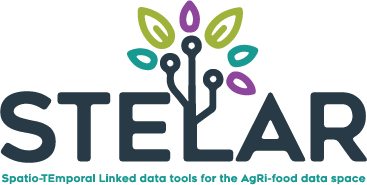 Funding for this research has been provided by the European Union’s Horizon Europe innovation programme STELAR (Grant Agreement Number 101070122). Views and opinions expressed are, however, those of the author(s) only and do not necessarily reflect those of the European Union or European Commission-EU. Neither the European Union nor the granting authority can be held responsible for them.
Funding for this research has been provided by the European Union’s Horizon Europe innovation programme STELAR (Grant Agreement Number 101070122). Views and opinions expressed are, however, those of the author(s) only and do not necessarily reflect those of the European Union or European Commission-EU. Neither the European Union nor the granting authority can be held responsible for them.


